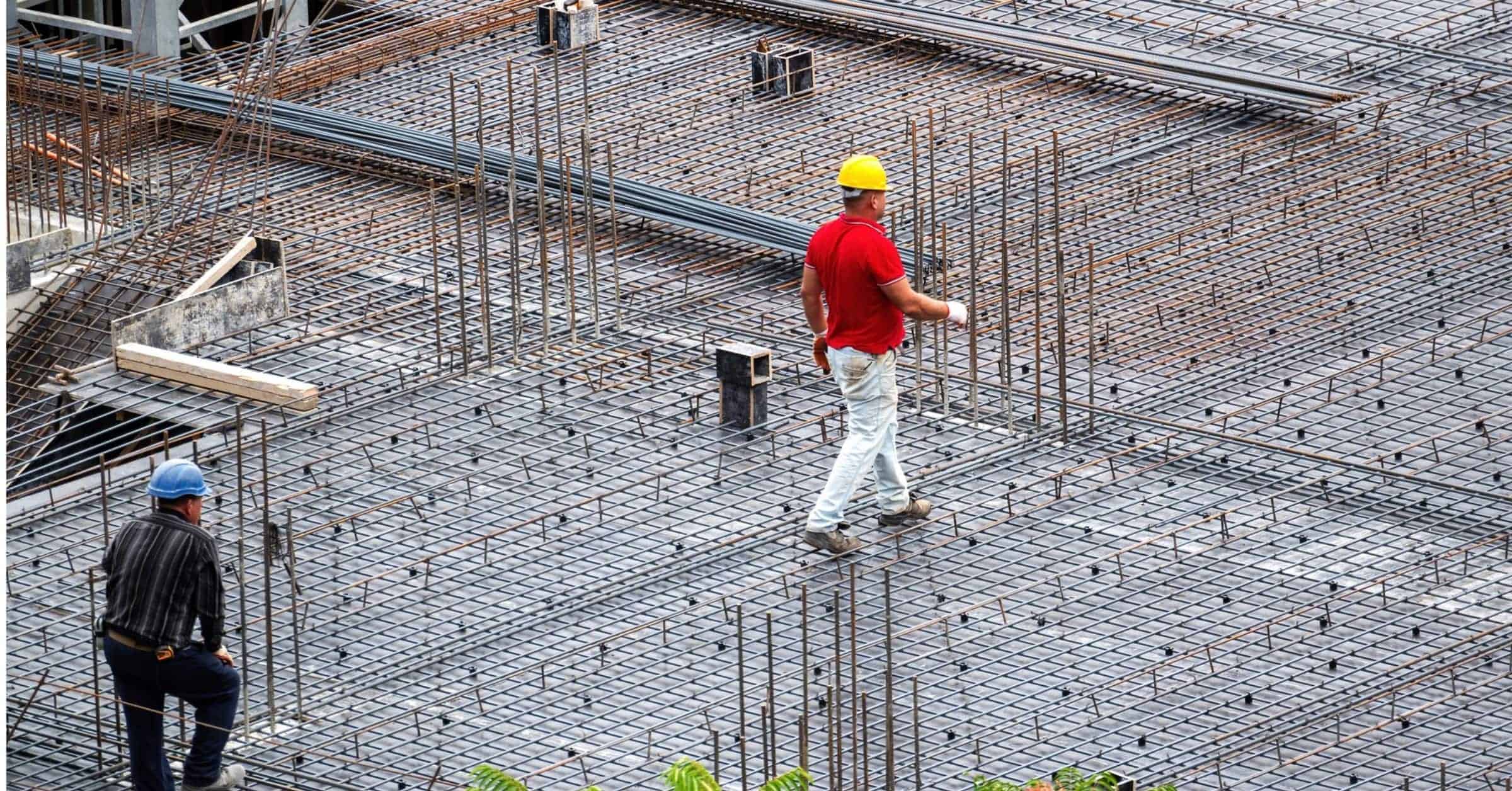Owners want to be able to occupy and use their properties as soon as possible, even if every last detail has not been completed. Accepting substantial completion allows them to do just that. A certificate of substantial completion also allows the contractor to receive the final payment and collect any remaining funds.
Substantial Completion Definition
Substantial completion means that the project, or a portion of the project, is ready for use. The property can then be occupied and used by the owner. The owner must also pay the contractor the remaining balance owed for that project or portion of a project.
How Do Experts Determine Substantial Completion?
One aspect of construction project management is construction completion. You can apply substantial completion to an entire project or just a portion of a project. Both the owner and the contractor sign a certificate of substantial completion in both cases.
There will always be minor details to complete near the end of a project. However, at some point, these unfinished details do not prevent the owner from using the property. Contractors may be waiting for supplies or for subs to finish minor portions of their work. The owner and the contractor can agree on a substantial completion date so that both parties can focus their energy and resources on other things.
By this point, the owner and the contractor should be familiar enough to sign a substantial completion certificate, or not.
If the owner and contractor are to agree on the terms of substantial completion, they must trust each other.
Owners may be reluctant to agree to substantial completion if they believe the contractor has not performed satisfactorily. They are concerned about the contractor’s ability or desire to complete the unfinished details. Contractors who have had issues with an owner’s payments may be reluctant to sign a certificate of substantial completion. They may be afraid that the owner will delay or, worse, refuse to pay. As a result, trust must exist between the owner and the contractor if they are to agree to the terms of substantial completion.
Owners have their own reasons for requiring a substantial completion certificate. Contractors and subcontractors do as well.
Substantial completion Example
Assume you are constructing an apartment building and have completed the apartments. You haven’t, however, finished the landscaping or the swimming pool. The owner may decide to claim substantial completion for only the apartment portion of the contract in order to rent them out and generate revenue.
However, for you as the contractor, this means that the rest of your work will be interrupted by tenants, management, and salespeople coming and going. This adds to the risks. To keep people out of work zones, you’ll need to invest in more barricades and maintenance. Deal with increased traffic in parking lots and the risk of damage to your and other people’s vehicles. You will also face increased risks of bodily injury to bystanders, as well as damage to the work you are doing.
As a result, substantial completion necessitates a negotiation between the owner, the owner’s agent, or the architect, and the contractor, with each party seeking the best possible outcome for themselves.
How Construction Substantial Completion Impacts Construction
The construction substantial completion clause in a contract protects both contractors and owners. Once a project is usable or inhabitable, any remaining work or finishing works are the responsibility of the owner. This means that the owner is liable for any delays after the construction’s substantial completion point. Once a project reaches that point, the owner usually pays the rest of the majority of the contractor’s or subcontractor’s fee. However, because many projects are delayed, the day of substantial completion is rarely specified. As a result, the contractor does not benefit if an exact date is specified. However, the contractor does not benefit from the ambiguous wording.
Ways Construction Substantial Completion Affects Contractors
In three ways, contractors, subcontractors, and owners can gain a better understanding of what construction substantial completion entails. As long as both parties agree to it, they will have an easier time determining the significant completion date.
1. Certificate of Occupancy
Contractors can argue that the certificate of occupancy counts as substantial completion when reviewing a construction substantial completion agreement. This means that the date of substantial completion can be based on a certificate of occupancy. As a result, when people are able to occupy the building or use it for the intended purpose, it receives a certificate of occupancy. This allows the contractor to switch who receives payment and who is liable. The architect can also certify occupancy, which is a similar option. This certificate, like the certificate of occupancy, certifies that the building is ready for occupants. When both parties agree, either method can be used to certify substantial completion.
2. List of Substantial Completion
When attempting to verify substantial completion, another option is for the contractor and owner to create a list of items. These items or events define significant completion. When they meet to determine the events or items to be used, both parties have a say in what constitutes substantial completion. While many projects may use the same type of list, projects with customised features benefit more from the interaction between contractors and owners.
3. Contractor Expertise
The third option available to both parties is to rely on the expertise of contractors and subcontractors. Subcontractors and contractors benefit the most from this because they have more say over what constitutes construction substantial completion. Contractors and subcontractors, as experienced professionals in their fields, would have a better understanding of what constitutes substantial completion.
It is in everyone’s best interest to define construction substantial completion, regardless of the method used. Without the definition, it is more difficult to understand contract completion and can have a negative impact on contractors and subcontractors.
Conclusion
It’s an exciting time when a construction project is nearly finished. The property is available for use by the owner. Payment and retained funds can be collected by the contractor. It represents the notice of completion of a project or a portion of a project for both parties. It means they are both free to take their next steps.









